The Ndebele people are known for their colourful patterns, clothes, and houses.
Their language is one of the 11 official languages of SouthAfrica.
The Ndebele culture is closely related to the Zulu and Xhosa people.
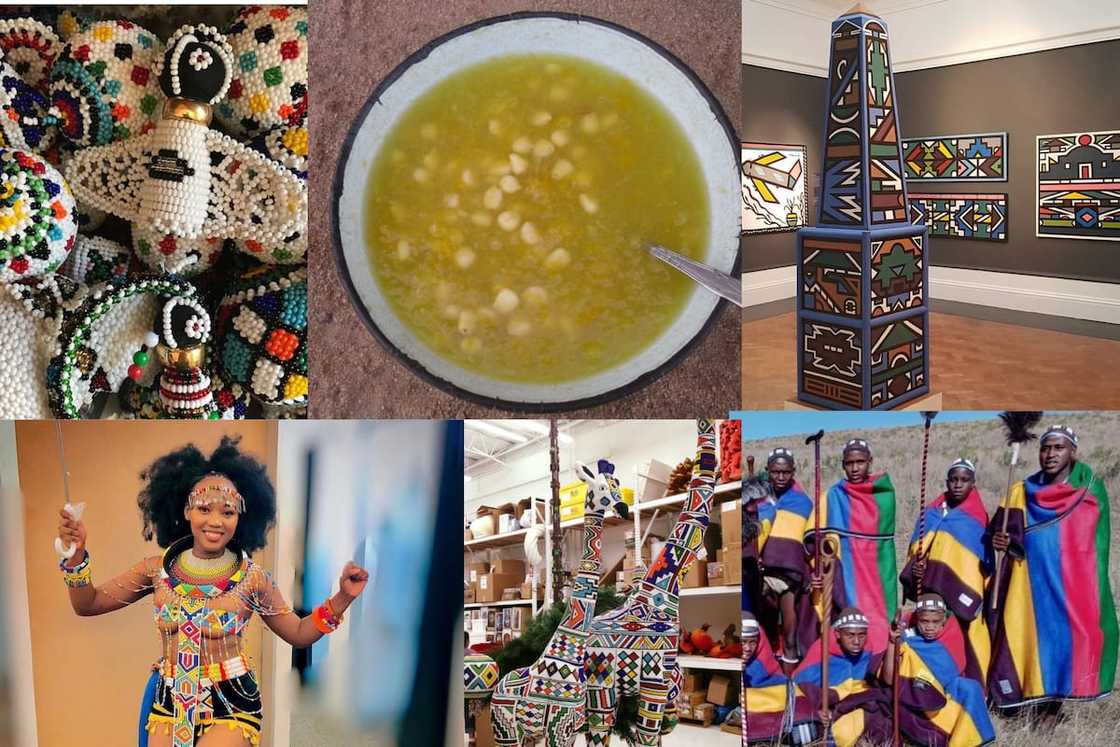
Ndebele culture, food, patterns, traditional attire, and customs. Photo: @Ndebele (modified by author)Source: UGC
Discover some of the amazing Ndebele culture food and clothing.
What is the Ndebele culture?
It is the customs and traditions of this community that define it.
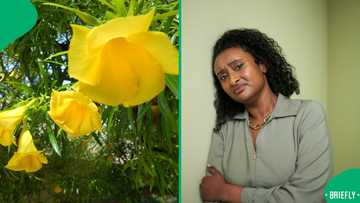
Read also
Thesepeople generallyreside in parts of Botswana, South Africa, andZimbabwe.
Ndebele culture food and clothing
What are the Ndebele known for?
They are known for their patriarchal system and polygamy.
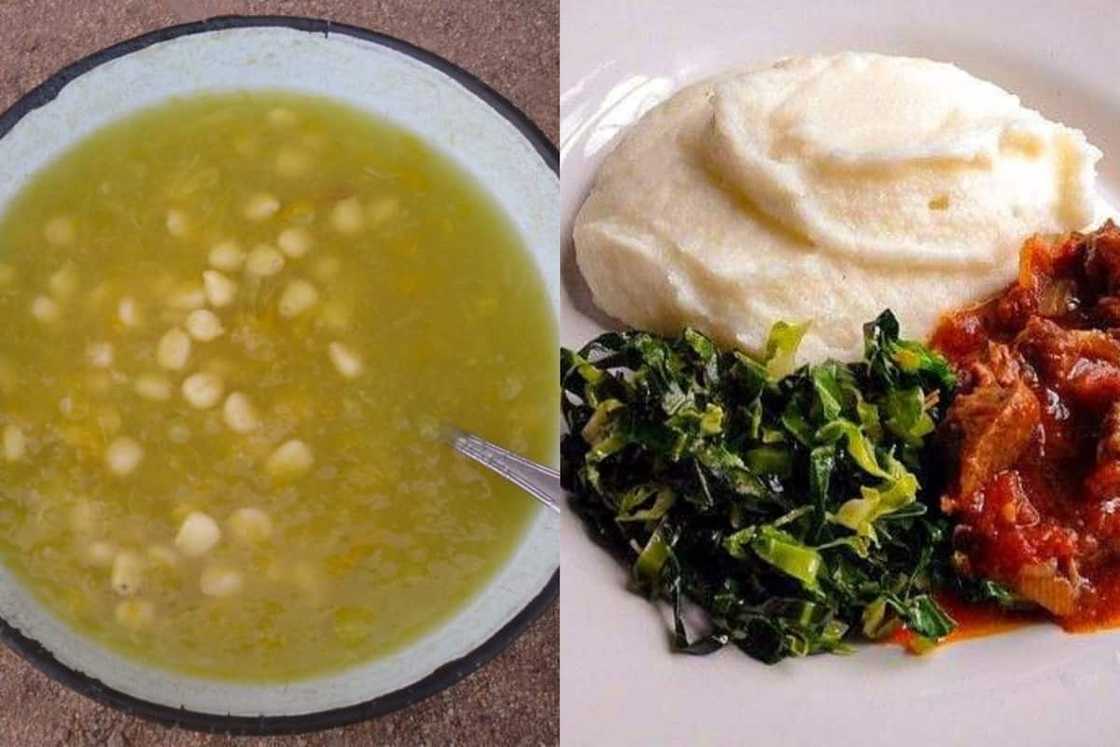
Various Ndebele foods. Photo: @ghanafuodotcom, @makokobatownship (modified by author)Source: UGC
Ndebele culture and customs also involve the use of traditional medicine.
Thecommunity tracesits origins to the broader Bantu community.
Mafana was the community’s first known chief.
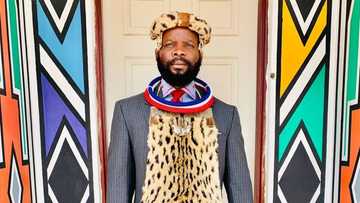
Read also
He was succeeded by Mhlanga, who had a son named Musi.
In the 1600s, Musi moved to the hills of Gauteng, where the community settled.
The community split into two groups after the fight.

Read also
The Manala group remained in the north, while the Ndzundza moved to the east and south.
Today, the community makes up about 2% of the total population.
Ndebele language
What language does Ndebele speak?
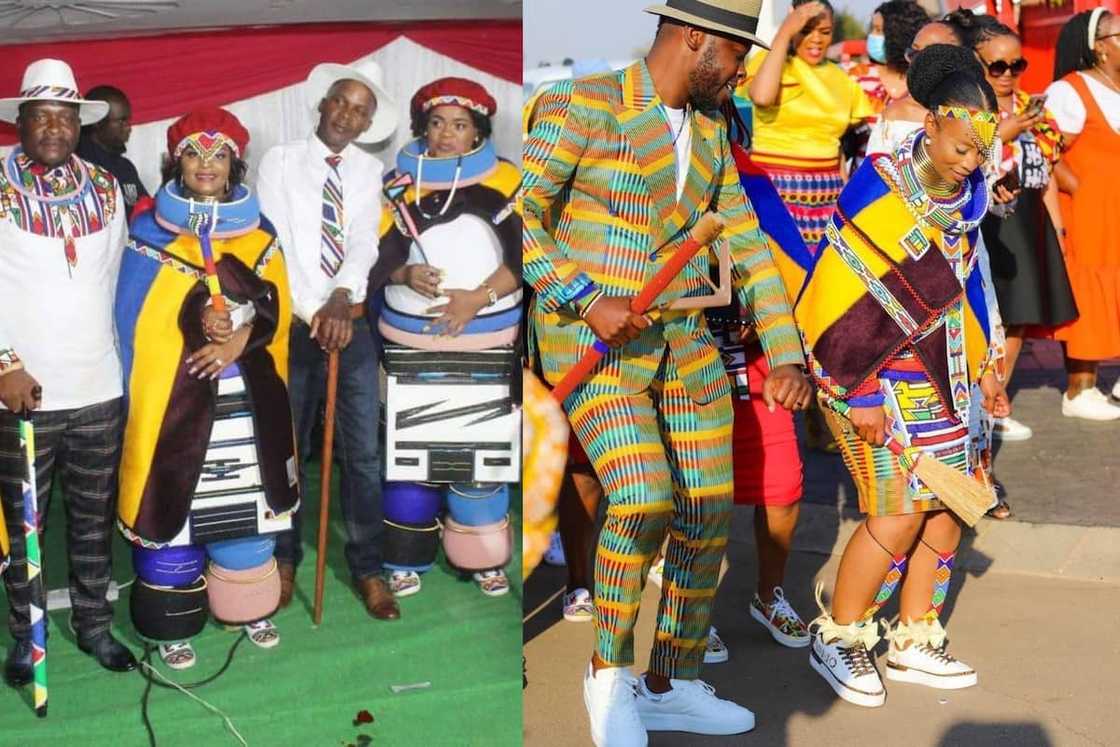
Ndebele cultural outfits. Photo: @Ndebele (modified by author)Source: UGC
TheNdebele culture languageis known as isiNdebele.
The language has two dialects: the Nrebele (Northern) and the southern Transvaal Ndebele.
It is one of the 11official languagesin the country.

Read also
The two dialects have a few differences in their language and culture.
Those from the north are mainly from the BagaSeleka and BagaLanga tribes.
They adopted their traditions and customs from the neighbouring Sotho community.

Read also
Traditional Ndebele food
What doNdebele culture eat?
Corn is the staple food in this community.
Maize cereals, which are known as isitshwala, are a favourite.

Read also
They also grow and consume a variety of food crops, fruits and vegetables.
The Ndebele traditional attire is colourful.
The ladies wear different ornaments to symbolise their status.
Married women typically have more spectacular clothes.
A woman removed them only after the death of her spouse.
Ndebele clothing for women also included neck hoops and isigolwani, made from grass.
The hoops were mainly worn during the Ndebele traditional festivals.
Every married woman wore a head covering that symbolised respect for her husband.
Boys typically ran around naked, but girls wore beaded skirts from a young age.
During ceremonies, men wore ornaments that their wives made.
They painted their houses to express their cultural resistance.
The Boers thought houses were painted for decoration, so they did not prohibit it.
Traditionally, only natural pigments were used.
They included monochrome colours such as black, limestone, whitewash and brown.
Later, acrylic pigments were used.
The style of house painting is typically passed down across generations.
A house that is well painted symbolises that there is a good wife and mother who lives therein.
The women paint the houses, both inside and outside.
The Ndebele patterns' meanings may vary slightly from one family to another.
Typically, the patterns are outlined with black paint and then filled with adifferent colour.
A man was allowed to marry a lady from the same family his paternal grandmother came from.
After seclusion, she would emerge covered in a blanket and umbrella.
During the wedding, she would receive a blanket and beadwork.
The married woman would then move to her husband’s home.
She would retain her clan, but all her children would take their father’s clan name.
Ndebele traditional dance
What is the Ndebele dance called?
The popular dances in this community include Ingquza, Mushongoyo, Amabhiza, and Isitshikitsha.
Men performed Muchongoyo before or after a war.
They held sticks and shields as they danced.
It involved stamping and making dramatic gestures.
Isitshikitsha, on the other hand, was performed to hey the King or in rainmaking ceremonies.
It involved clapping, singing, whistling, and ululation.
The strength and reliability of traditional healers depended on their ability to fight curses and spells.
Treatment was typically done using medicines or throwing bones.
It was believed that the traditional healers were mediums who could speak with the ancestral spirits.
Today, most people from this community are practising Christians.
The Ndebele culture is distinguished by its colourful patterns, clothing, and paintings.
The community resides in parts of Botswana, South Africa, and Zimbabwe.
The country is one of the world’s richest countries in terms of cultural and natural diversity.
It is well-known for various reasons, including its diverse culture, rich history, and natural landscapes.
Who is Konka Soweto owner?
This article highlights the fascinating facts about South Africa you should know.
She has a Bachelor of Commerce & IT from the University of Nairobi and joined Briefly.co.za in November 2019.
The writer completed a Google News Initiate Course.
you’re free to email her at perisrodah254@gmail.com.
She has worked for The Hoth, The Standard Group and Triple P Media.
Adrianna graduated from Nairobi University with a Bachelor of Fine Arts (BFA) in 2020.
In 2023, Adrianna finished the AFP course on Digital Investigation Techniques.
you could reach her through her email: adriannasimwa@gmail.com